In a public lecture in 1861, he went so far as to declare that trees have rights (echoing, for me, the words of Goethe who wrote about “die Rechte der Natur” [the rights of nature] and Blake who opined that “everything that lives is Holy”). Further, he argued that trees are “a gift entrusted to us” during our short stay on earth and that we have a responsibility to pass them on to the next generation “as an unimpaired property”.
It is fitting that he has been given a mountain in Tasmania (he climbed Mt Wellington whilst here, no mean undertaking in those days). He also has mountains named after him in QLD, NT, WA and on an island in the north Atlantic, a mountain range in New Guinea, a glacier (and a lovely hut) in NZ and a waterfall in Brazil, as well as plants that bear his name, such as Boronia muelleri that grows in my garden.
There is a very visible track with pink ribbons leading from where the Abels book tells you to park. Said track is overgrown, requiring goose-stepping so as not to trip on horizontal arms of bauera, but it’s there, and marks the easiest way through the tangle. After 30 minutes of battling this (and mud), the vegetation changes, as does the gradient, and the remaining 30 mins to Fossil Lake are easier to travel. Don’t look forward too much to the lake. I can’t think of a lake that I find less attractive. Although natural, it resembles an artificial dam with the dead trees and mud around its circumference, legacy of a previously higher water level. (In terms of measured moving times, the lake represents the half-way mark to the western – real – summit).
After the lake, the pad becomes very narrow (a human foot wide), but still easily visible until you reach the eastern summit of the mountain. From there its presence is patchy, but you don’t need it: all you do is stay high and enjoy the views and the pleasant ramble along the tops of the eastern high section that curves around and then descends to a saddle, after which there is a final scramble (which has cairns every now and then – they’re not needed either) to the top.
The view from both summits was expansive with innumerable mountains and ridges and ranges to be admired. Unfortunately for photography, the day was rather hazy, outlines not sharp and the lighting was flat. I hadn’t even bothered taking up my full-frame camera, but that was mostly because I was expecting it to rain in the afternoon. It held off, a favour for which, considering my pet virus which is still an unwanted bodyguest, I am extremely grateful.
Mosley, Geoff, Natural for World Heritage, Appendix C
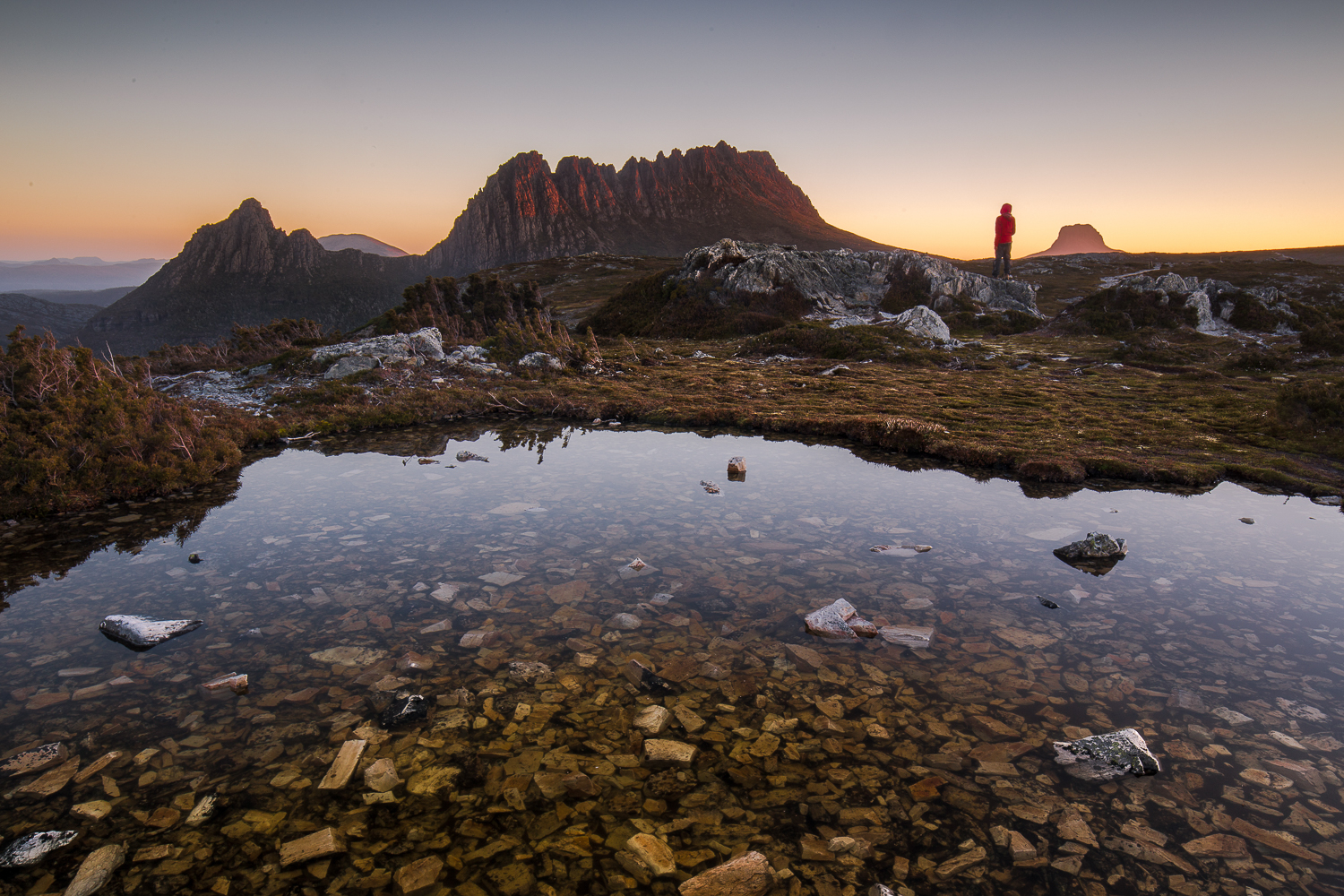
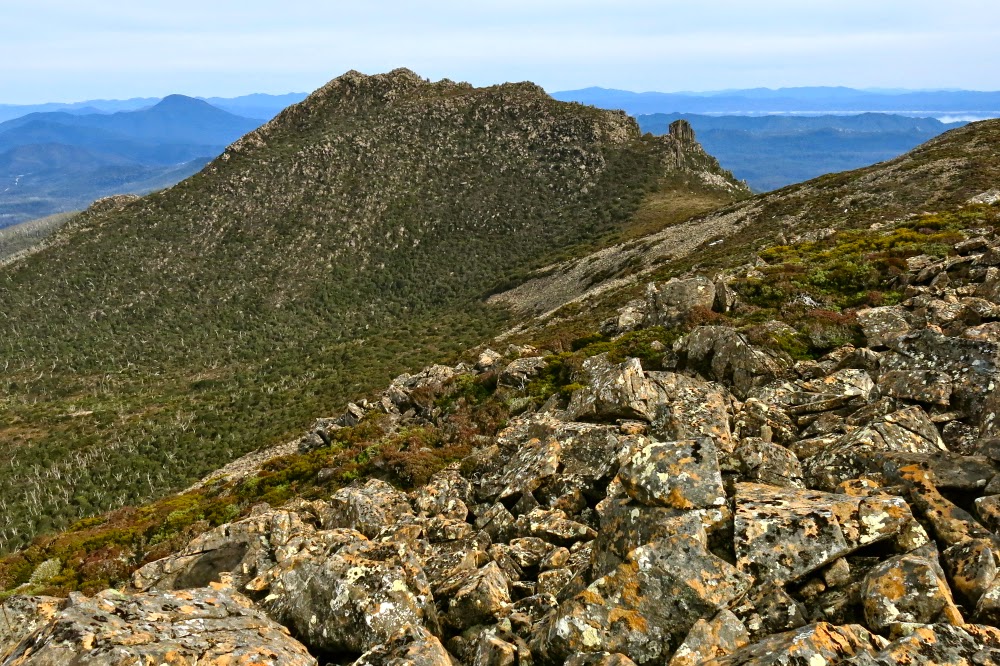
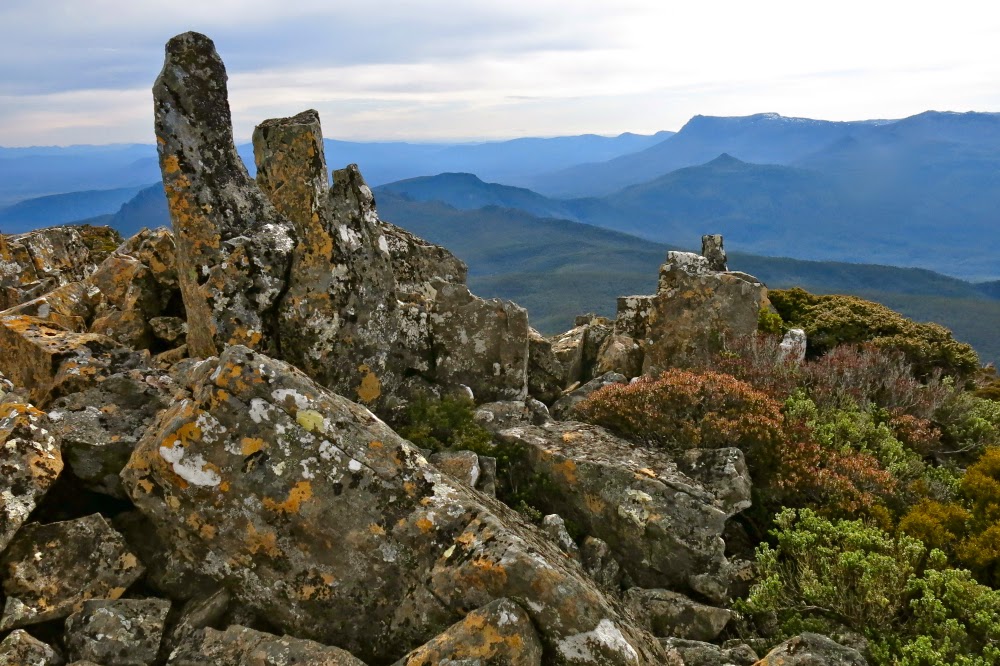
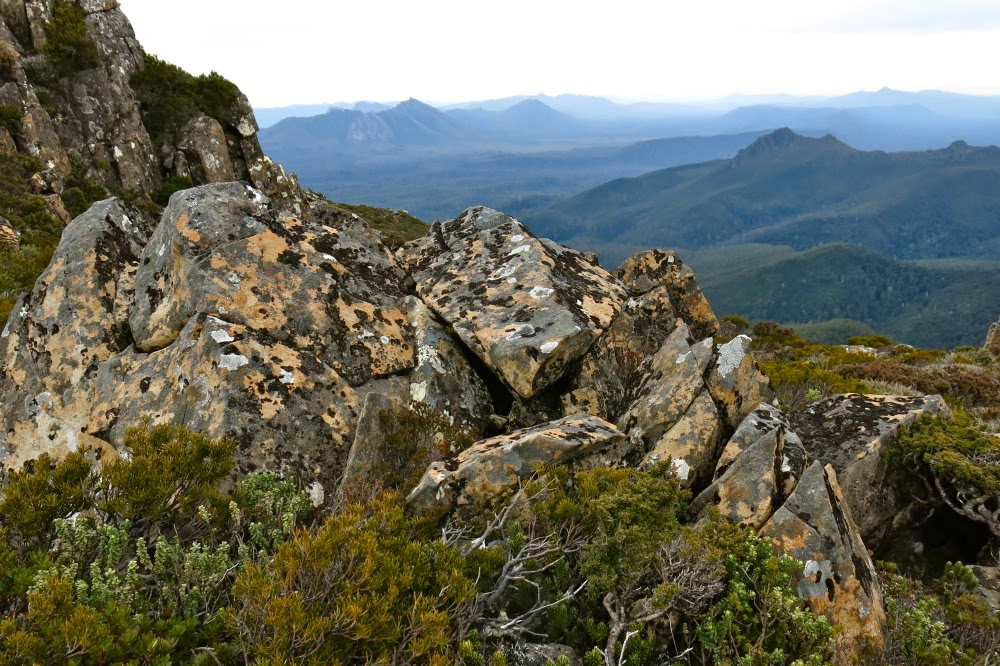
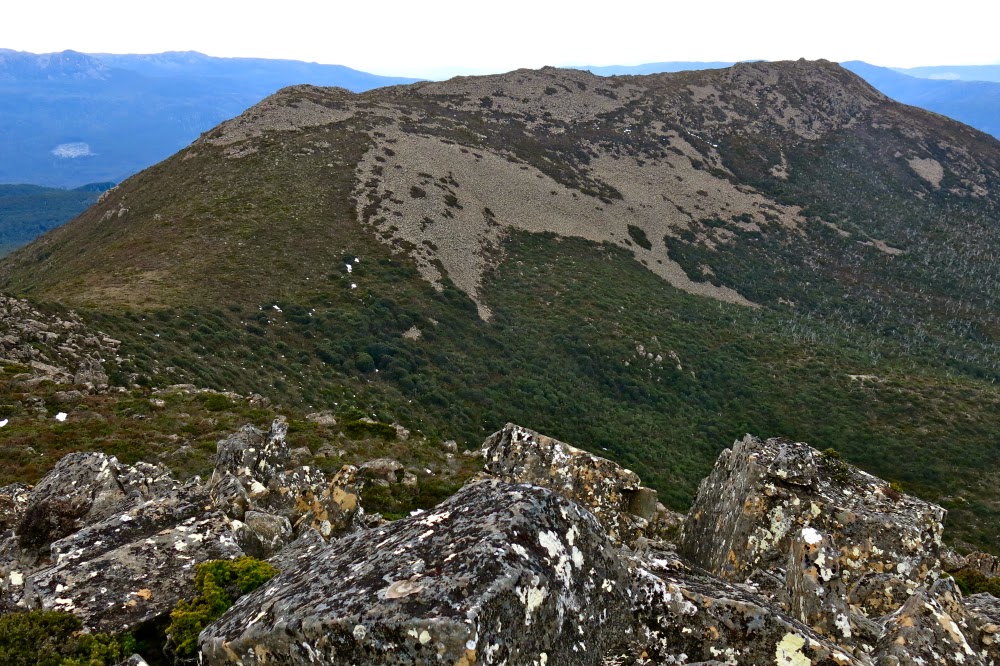
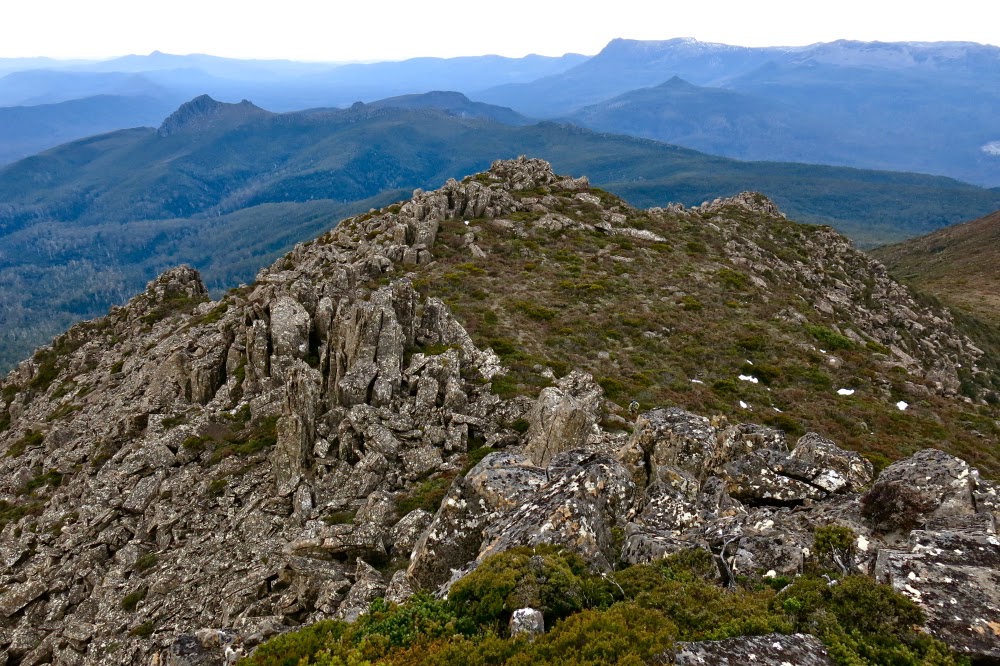
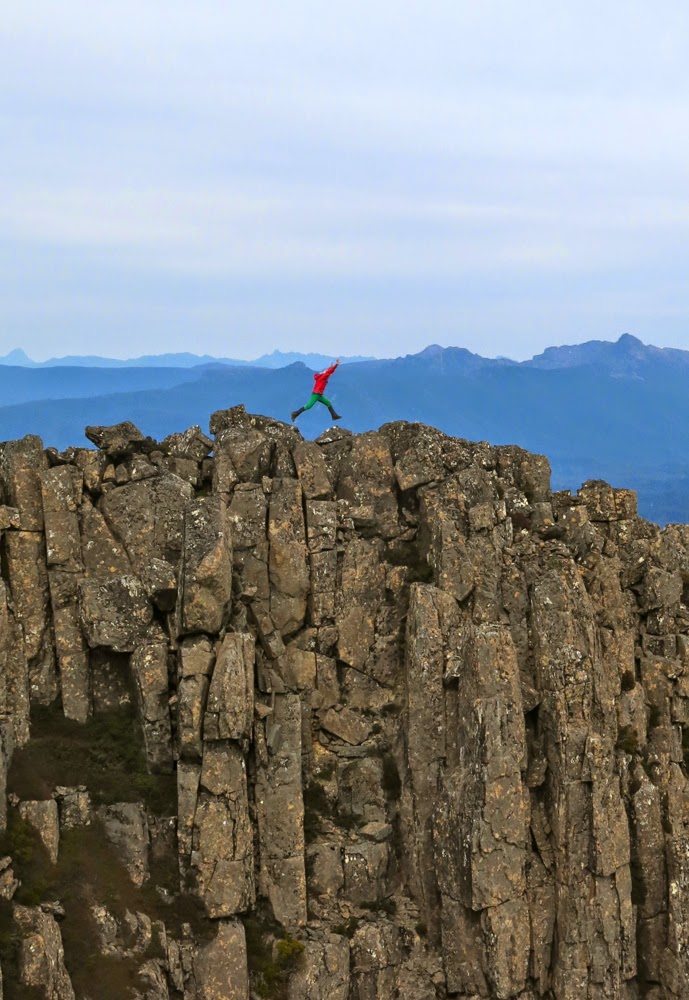

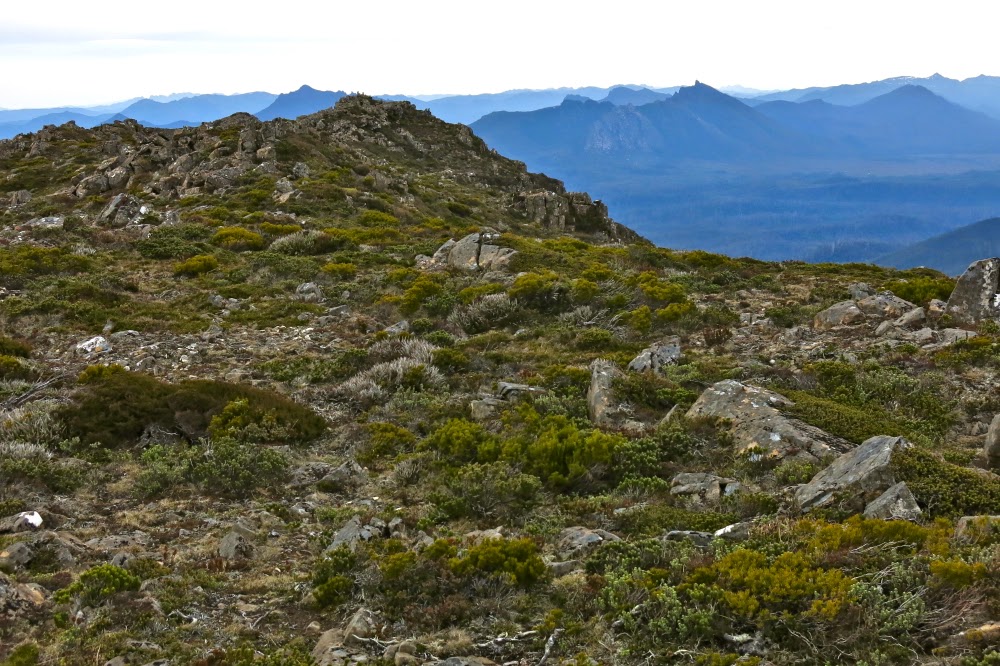
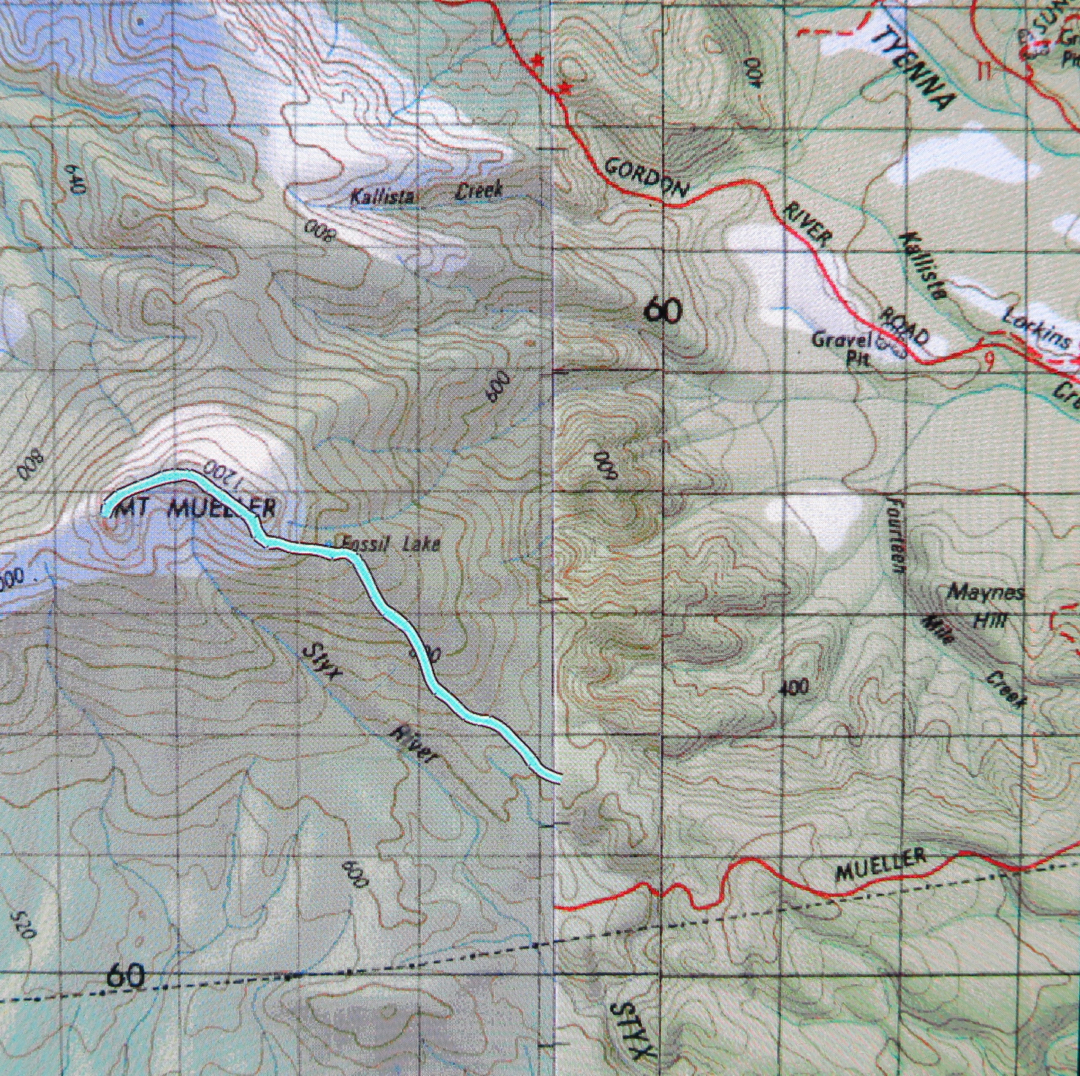
I'm curious where this locked gate it located. Is the walk still feasible without a key?
Hi Jude, It would be a huge and unpleasant road walk without the key. Do you not belong to a club? That is always the easiest way to get into such places (and the reason I climbed that one – and any other ones that involve getting permission to have a gate unlocked – with a club. I prefer to do day walks with a friend or solo.) If you don't, I suggest phoning Parks and asking them how you can get in. The key is stored in Hobart in a govt office. If you go with a club, they do all the spadework for you. HWC went there 17 Nov. its you didn't ask earlier. Geoff Morffew 0427232174 got the key for that one. Maybe he wouldn't mind helping you.
Went there not long ago. Go down Mueller Rd and take the third turn to the right. Follow that side rd for a km or two then park on the left fork and walk from there. Track starts at the end of the left fork on the left side.
Gate is currently unlocked and the side rd clear of fallen saplings that happened in the last big storm last yr.
Didn’t quite make it to the peak as the weather turned gnarly and I was alone. I decided to turn back at the false peak. I might give it a go next spring when the weather is warmer.
Thanks Reece. Sure hope that gate stays unlocked. I’d like to redo this mountain with my good camera and nicer lighting – and by myself or with just one friend so I can take the photos I want when I want.
Hello there, How many km from the start of the Mt Mueller walk is the gate? Or can anyone tell me the gate’s coordinates?
Oh Robert, I’m afraid it is so long ago I can’t remember. However, the comment above yours suggests that the gate is now left open. I’d give it a try if I were you.